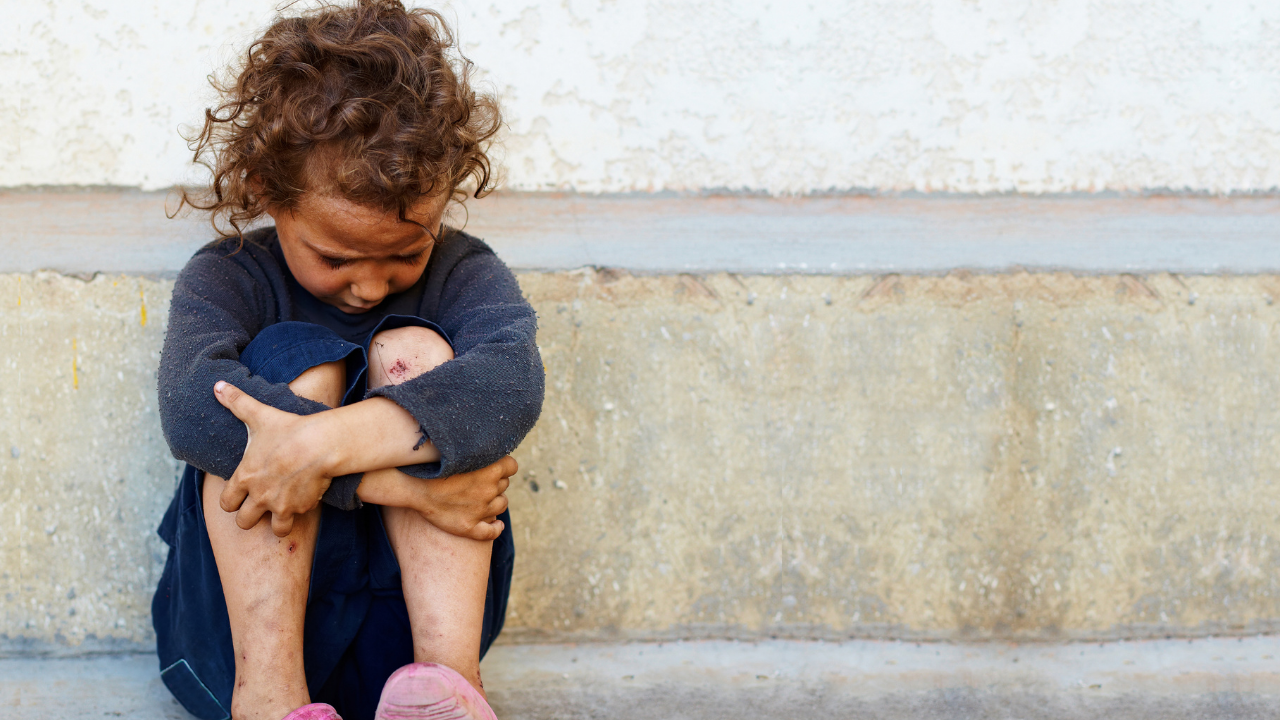Trauma: Why It's More Than Just Aces Scores

If you are in the mental health or education field, you have likely heard of the ACE Questionnaire. We have attended numerous trainings where this questionnaire was brought to the forefront of the guidance regarding students with trauma. Whenever I hear the word "trauma," I often hear "aces scores" thrown somewhere into the conversation. However, it is important to understand the purpose behind the questionnaire and why trauma doesn't just start and end with a piece of paper and a number between 1 and 10.
What does ACE stand for?
ACE stands for Adverse Childhood Experiences.
What defines an adverse childhood experience?
The Center for Disease Control and Prevention (CDC) defines adverse childhood experiences as "any potentially traumatic events that occur in childhood (0-17)," (2020).
Examples of potentially traumatic events may include family suicide, witnessing domestic violence, experiencing neglect or abuse, mental health problems, and parental separation.
How does the ACE questionnaire work?
The quiz is a self-report measure composed of 10 questions about your upbringing. It was developed to explore and study the link between negative or traumatic experiences as a child relative to one's mental and physical health later in life. Each question is assigned 1 point. The number of points are tallied up at the end giving your ACE score (10 being the highest indicating significant trauma as a child).
Yes, the questionnaire helps to identify major risk factors that can potentially lead to health issues down the road enabling professionals to use the form to guide their recommendations and support style for each participant. The link between adverse childhood experiences and health in adulthood is pretty much indisputable overall. That being said, there is so much more one must know and understand when it comes to treating children and adolescents with trauma.
What the ACE questionnaire doesn't do:
It may be obvious, but to some it's not - this questionnaire is not a crystal ball of a person's future. There are SO many more risk factors that can be present in a child's life that we know can impact their mental and physical health that aren't addressed on this form. Providers in California are now being pushed to use the tool to screen patients for ACEs and are instructed to begin recommending resources, making referrals, and making reports. However, this can do more harm than good in some cases. Some children may have high scores, but present to be in excellent behavioral, mental, and physical health.
The questions on the form mainly targets household family members, but leaves out other persons that may have impacted the child's health or safety. It doesn't take into account other "large T's" such as terrorism or natural disasters, and certainly doesn't take into account "small t's" such as school failure, communication deficits, or peer conflict - all of which can add up to chronic trauma and have an impact on a child's development.
It also doesn't tally the number or frequency of individual experiences or occurrences of each event or the intensity level of the event. One act and/or type of sexual abuse can have a very different impact than 20 counts of sexual abuse, but each would receive a score of 1 on the quiz.
In addition, it also doesn't account for the number of positive experiences a child has within their younger years that could potentially outweigh or help build resilience to the negative experiences one might endure. Psychologists agree that having a loving, stable home with positive adult role models can mitigate the effects of any trauma a child has; there are plenty of children, adolescents, and adults that function perfectly well, even thought their ACE score is high.
The takeaway:
Simply put, a high ACE score doesn't necessarily mean the child is doomed, nor does a low ACE score always mean the child will be immune to future mental health or behavioral problems. The ACE questionnaire is not a standardized diagnostic tool that should be used to make decisions regarding child treatment or behavior intervention plans. Each child is unique and everything should be individualized when looking at ways to support them. Trauma and the research around its effects on development continue to evolve. The more information we as professionals are armed with, the better able we are to appropriately serve our youth.




